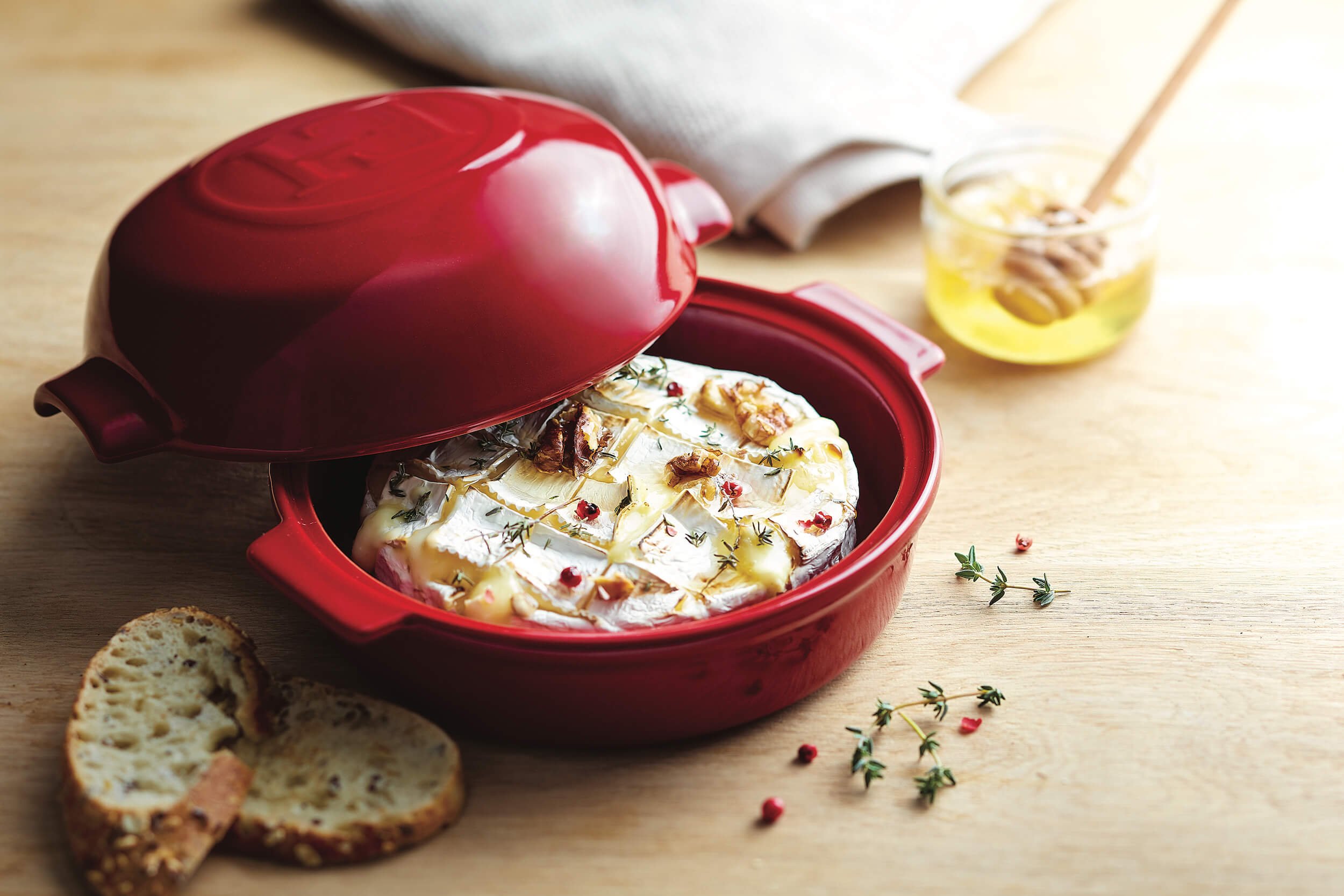Reading the autobiography of Benvenuto Cellini in college made me want to live in Florence. It brought the renaissance period to life. Filled with art, crime and intrigue it was gossipy and a great read. The cover featured a photo of one of Cellini's few surviving masterpieces, a gold salt cellar. According to Cellini, the figures that decorate it represent earth and water, although other sources claim they depict Neptune and Amphitrite, additional reclining figures, representing winds and the times of day, are carved into the base. At the time I'd never even heard of a salt cellar. But just like Cellini's writing, it is an over-the-top work of art.
Lately as I've spent more and more time in places like Sur La Table, it dawned on me that I really really needed a salt cellar.
You can't underestimate the importance of salt. Salt makes all the difference in cooking a great meal. Having salt at your fingertips is key so that you can season your food as you cook it. Just seasoning at the table doesn't do the job. In fact, adding salt at the table is most often considered an insult to the chef. If food is properly seasoned while cooking, it shouldn't need any additional salt. For example, pasta. If you don't season the water with salt, your pasta will taste slightly dull. No amount of salt at the table will fix it.
My sister sent me a beautiful white salt cellar for my birthday. I have no idea where she got it. It's not like the Cellini salt cellar, it's a white ceramic one made to sit near your stove and its main feature is accessibility, in fact it's not ornamental in the least. And that Cellini salt cellar? Turns out it was stolen last year from a Viennese art museum. The reward is 70,000 euros. And the value of the piece? Would you believe 58 million dollars? No salt included.





